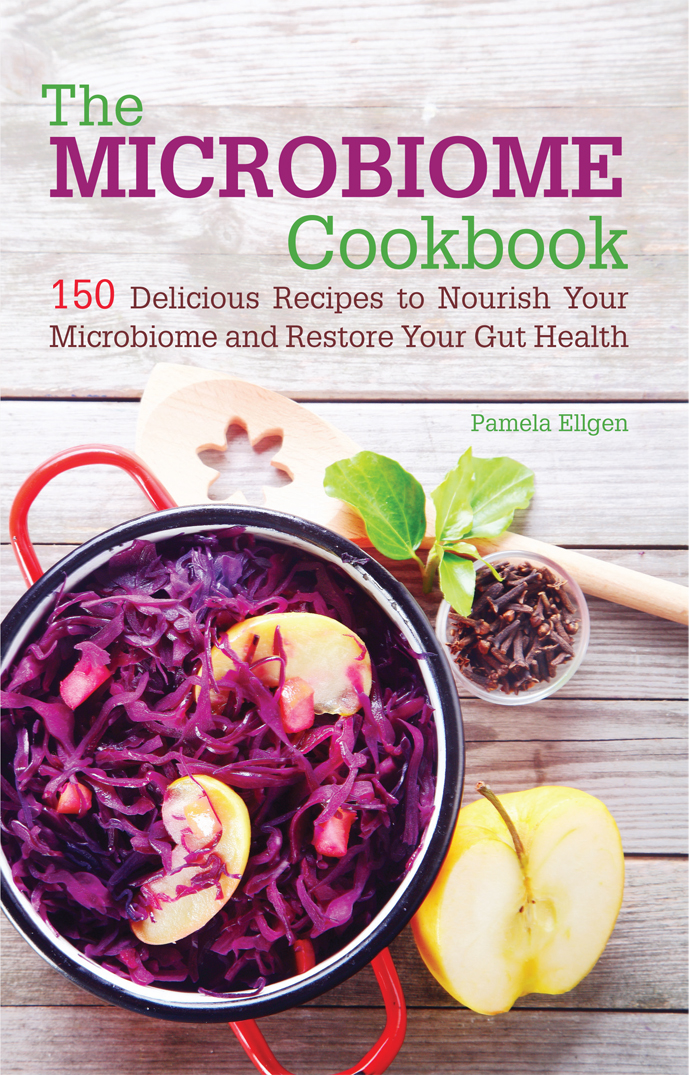

Text copyright 2016 Pamela Ellgen. Design and concept copyright 2016 Ulysses Press and its licensors. All rights reserved. Any unauthorized duplication in whole or in part or dissemination of this edition by any means (including but not limited to photocopying, electronic devices, digital versions, and the Internet) will be prosecuted to the fullest extent of the law. Published in the United States by: Ulysses Press P.O. Box 3440 Berkeley, CA 94703 www.ulyssespress.com ISBN13: 978-1-61243-628-9 Acquisitions editor: Casie Vogel Managing editor: Claire Chun Project editor: Renee Rutledge Editor: Lauren Harrison Proofreader: Renee Rutledge Front cover design: what!design @ whatweb.com Interior design/layout: what!design @ whatweb.com Cover artwork: stockcreations/shutterstock.com Interior artwork: Nikiparonak/shutterstock.com Distributed by Publishers Group West IMPORTANT NOTE TO READERS: This book is independently authored and published and no sponsorship or endorsement of this book by, and no affiliation with, any trademarked brands or other products mentioned within is claimed or suggested.
All trademarks that appear in this book belong to their respective owners and are used here for informational purposes only. The authors and publisher encourage readers to patronize the quality brands and products mentioned in this book. CONTENTS Table of Contents
Guide
The gastrointestinal microbiota comprises hundreds of trillions of bacteria, viruses, and fungal organisms that inhabit your intestines and live symbiotically with you. Your diet and lifestyle directly influence the health of this community, promoting either diversity, balance, and health or pathology, imbalance, and disease. A healthy microbiome facilitates digestion, neutralizes toxins, quells inflammation, supports immunity, and improves metabolism.
The Microbiome Cookbook provides you with the information and recipes to support a flourishing, healthy gut population, as well as strategies and recipes for repairing a damaged gut.
Part One of the book covers the basics of the microbiota, the organisms in your gut.
Part One of the book covers the basics of the microbiota, the organisms in your gut.
It explains the importance of these organisms to your overall health and digestive function. It also covers the various lifestyle factors that affect the health of the microbiome, specifically the foods that should and should not be eaten and how they should be prepared. Part Two of the book presents more than 100 recipes to support a healthy, diverse gut microbiome. The recipes are easy to prepare and utilize fresh, whole foods. All recipes are naturally free from gluten, refined sugar, and artificial or processed ingredients. Part Three of the book is for people repairing a damaged gut and presents 45 additional recipes developed specifically for those suffering from irritable bowel syndrome, Crohns disease, ulcerative colitis, celiac disease, small intestinal bacterial overgrowth, and other inflammatory conditions. Part Three of the book is for people repairing a damaged gut and presents 45 additional recipes developed specifically for those suffering from irritable bowel syndrome, Crohns disease, ulcerative colitis, celiac disease, small intestinal bacterial overgrowth, and other inflammatory conditions.
The recipes in this section are paleo and as such are free from grains, legumes, dairy, industrial oils, and refined sugar. They incorporate many of the underlying principles of the Gut and Psychology Syndrome (GAPS) diet, Specific Carbohydrate Diet (SPC), and Low-FODMAP diet. Cooking methods are designed to provide easily digestible, nourishing foods that pass through the small intestine and colon without feeding pathological bacteria or further damaging the lining of the gut. The Microbiome Cookbook provides the information and recipes you need to build and restore healthy gut flora. Youll be delighted to discover that the foods that do this are absolutely delicious and support your overall health goals as well! 

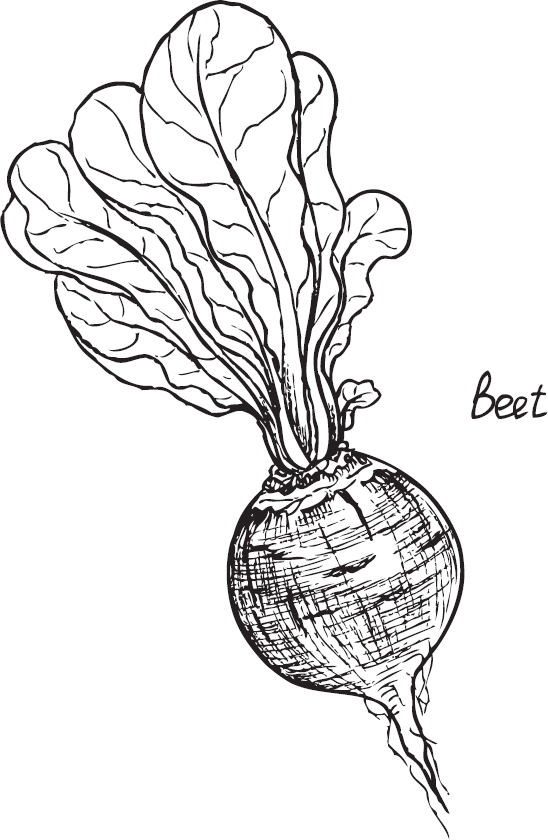

 How do you title a cookbook devoted to the indelicate topic of organisms living in your small intestine and colon? Its not exactly dinnertime conversation. But, perhaps, it should be, or at the very least, it should inform your perspective on what to eat for dinner.
How do you title a cookbook devoted to the indelicate topic of organisms living in your small intestine and colon? Its not exactly dinnertime conversation. But, perhaps, it should be, or at the very least, it should inform your perspective on what to eat for dinner.
The bacterial cells, viruses, and fungal organisms living in your intestinal tract outnumber human cells at least tenfold, leading some to argue that youre more bacteria than you are human. These organisms are responsible for numerous essential functions, including: breaking down complex carbohydrates producing short-chain fatty acids assimilating vitamins and minerals controlling energy assimilation regulating metabolism moderating the immune system maintaining mucosal barrier curbing inflammation removing toxins ensuring efficient elimination In the book Bugs, Bowels, and Behavior, registered dietitian Geri Brewster says what we eat has a significant impact on our gut microbiota. And the rigors of a modern lifestyle, particularly stress and poor nutrition, arent doing us any favors. Dietary factors can shape the gut environment for the proliferation of both beneficial and pathogenic bacteria, he says. FOOD FOR YOUR MICROBIOME Like any organism, a healthy, diverse gut population requires sustenance. Nutrition that supports healthy microbiota includes prebiotic foods with fermentable fibers to feed the healthy bacteria, probiotic foods that are already teeming with good bacteria, and healing foods that nourish the gut lining.
PREBIOTICS Prebiotics are food for your gut bacteria. You dont digest them yourself; your gut microbes do. Prebiotics come in the form of soluble fiber, including inulin, oligofructose, fructooligosaccharides, galacto-oligosaccharides, and other oligosaccharides. According to Mark Sisson, nutrition researcher and author of The Primal Blueprint, Without fermentable fibers, our gut bacteria just arent getting the food they need to maintain the populationlet alone grow it. Prebiotics have innumerable benefits, many of which scientific research is just beginning to uncover, including increasing good bacteria, improving mineral absorption, improving blood sugar levels, and increasing production of beneficial short-chain fatty acids. Some of the foods with the greatest concentrations of prebiotics include the following: VEGETABLES Cruciferous vegetables, such as cauliflower, cabbage, bok choy, broccoli, and brussels sprouts are a rich source of prebiotics as well as glucosinolates, which have anti-inflammatory and anticancer properties.
Jerusalem artichokes, also called sunchokes, have a mild artichoke-like flavor and are rich in inulinso much so that a little goes a long way. Vegetables in the allium family, including onions, shallots, leeks, and garlic, are another rich source of prebiotics. Some research indicates that garlic may exhibit an antimicrobial effect on pathological bacteria without harming healthy gut microbes. Leafy greens, especially dandelion greens, chicory, mustard greens, chard, kale, and collard greens, also offer a generous dose of prebiotics. Other rich sources of prebiotics among vegetables include asparagus, beets, fennel, green peas, jicama, snow peas, and sweet corn. STARCHES Polenta, beans, chickpeas, lentils, and other legumes offer fermentable fiber and may have positive effects on the microbiome by increasing the release of short-chain fatty acids and improving vitamin absorption.


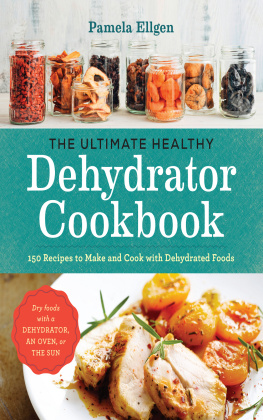
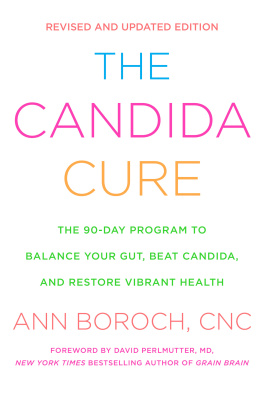
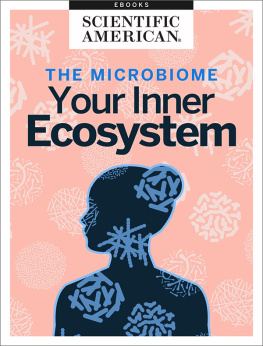

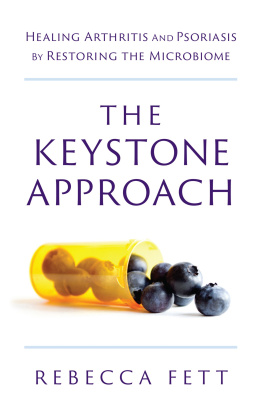
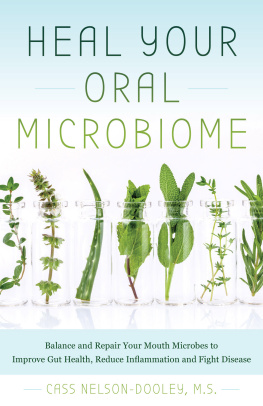
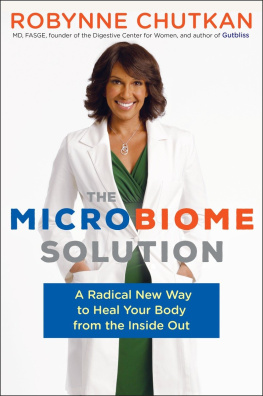

 Text copyright 2016 Pamela Ellgen. Design and concept copyright 2016 Ulysses Press and its licensors. All rights reserved. Any unauthorized duplication in whole or in part or dissemination of this edition by any means (including but not limited to photocopying, electronic devices, digital versions, and the Internet) will be prosecuted to the fullest extent of the law. Published in the United States by: Ulysses Press P.O. Box 3440 Berkeley, CA 94703 www.ulyssespress.com ISBN13: 978-1-61243-628-9 Acquisitions editor: Casie Vogel Managing editor: Claire Chun Project editor: Renee Rutledge Editor: Lauren Harrison Proofreader: Renee Rutledge Front cover design: what!design @ whatweb.com Interior design/layout: what!design @ whatweb.com Cover artwork: stockcreations/shutterstock.com Interior artwork: Nikiparonak/shutterstock.com Distributed by Publishers Group West IMPORTANT NOTE TO READERS: This book is independently authored and published and no sponsorship or endorsement of this book by, and no affiliation with, any trademarked brands or other products mentioned within is claimed or suggested.
Text copyright 2016 Pamela Ellgen. Design and concept copyright 2016 Ulysses Press and its licensors. All rights reserved. Any unauthorized duplication in whole or in part or dissemination of this edition by any means (including but not limited to photocopying, electronic devices, digital versions, and the Internet) will be prosecuted to the fullest extent of the law. Published in the United States by: Ulysses Press P.O. Box 3440 Berkeley, CA 94703 www.ulyssespress.com ISBN13: 978-1-61243-628-9 Acquisitions editor: Casie Vogel Managing editor: Claire Chun Project editor: Renee Rutledge Editor: Lauren Harrison Proofreader: Renee Rutledge Front cover design: what!design @ whatweb.com Interior design/layout: what!design @ whatweb.com Cover artwork: stockcreations/shutterstock.com Interior artwork: Nikiparonak/shutterstock.com Distributed by Publishers Group West IMPORTANT NOTE TO READERS: This book is independently authored and published and no sponsorship or endorsement of this book by, and no affiliation with, any trademarked brands or other products mentioned within is claimed or suggested. 

